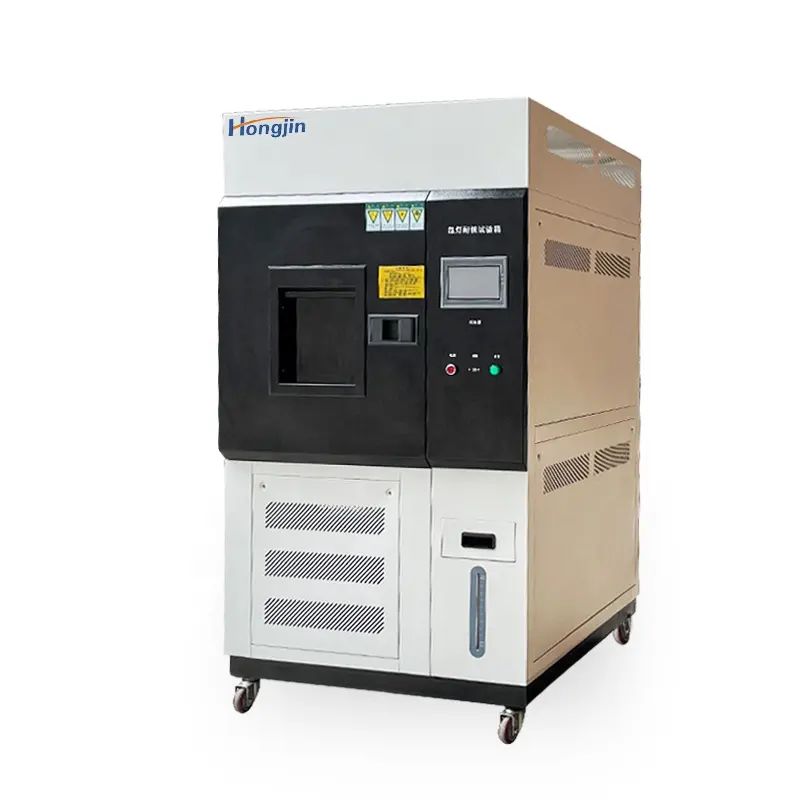In natural climates, solar radiation is considered the main cause of coating aging, and the principle of exposure radiation under window glass is the same. Therefore, simulating solar radiation is crucial for artificial climate aging and artificial exposure to radiation. The xenon arc radiation source undergoes one of two different light filtering systems to change the spectral distribution of the radiation it produces, simulating the spectral distribution of ultraviolet and visible solar radiation, and simulating the spectral distribution of ultraviolet and visible solar radiation filtered by a 3mm thick window glass.
The energy distribution of the two spectra describes the irradiance value and allowable deviation of the light radiation filtered by the filter in the ultraviolet light range below 400mm wavelength. In addition, CIE No.85 has an irradiance standard with a wavelength up to 800nm, as xenon arc radiation can better simulate solar radiation within this range.
During the testing process of the exposure equipment, the irradiance may change due to the aging of the xenon arc and filter system. This change particularly occurs in the ultraviolet range, which has the greatest photochemical impact on polymer materials. Therefore, it is not only necessary to measure the exposure time, but also to measure the wavelength range below 400nm or the exposure radiation energy at a specified wavelength such as 340nm, and use these values as reference values for coating aging.
It is impossible to accurately simulate the effects of various aspects of climate conditions on coatings. Therefore, in the xenon lamp test chamber standard, the term artificial climate aging is used to distinguish natural climate aging. The simulated window glass filtered solar radiation test mentioned in the xenon lamp test chamber standard is called artificial radiation exposure.
Post time: Aug-16-2023

